Battambang is Cambodia’s second largest city and the capital city of Battambang province in northwestern Cambodia. Founded in the 11th century by the Khmer Empire, Battambang is well known for being the leading rice-producing province of the country.
‘Dambang’ means ‘stick’, and ‘bat’ means ‘to lose’ – so, translated literally, Battambang means “town of the lost stick”. The name comes from a legend of a peasant farmer who found a stick with magical powers. With the stick, the man could control his cows just by throwing it at them. With this magic stick the peasant eventually became a king. Anticipating his days of rule were coming to an end, the peasant turned king, threw away his magic stick and ran away. The stick was lost, but is said to have landed somewhere along the riverbank of the O’Dambong River, near to where the city known as Battambang is now located.
Battambang sees only a fraction of the tourists that Siem Reap receives, and thus retains the feel of “real Cambodia”. Backpackers know Battambang as the place where one can ride the “Bamboo Train”, an innovative way that local people devised to use the railway for transportation.
In the mid to late 2000’s, Battambang was the end of the line, for a train route originating in Phnom Penh, the remnants of which can be seen, along with some new renovations that are occurring, in anticipation of restarting that rail service again.
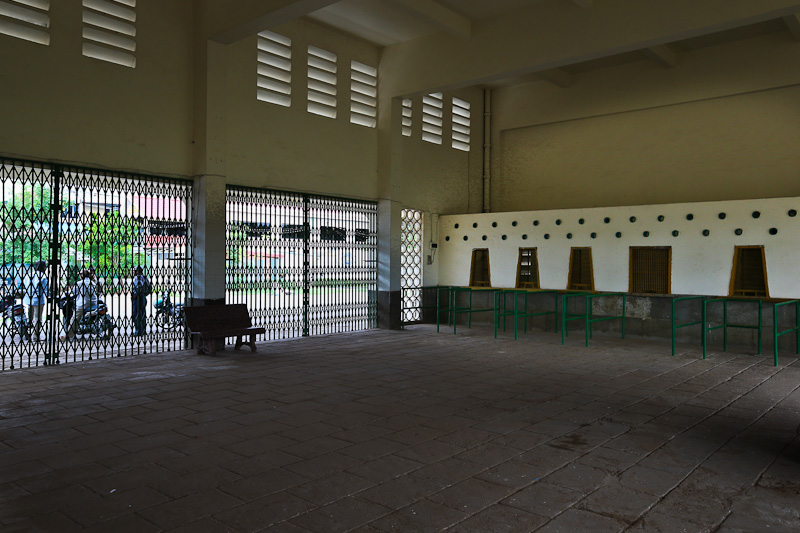 Newly renovated and repainted, Battambang’s railway station awaits….
Newly renovated and repainted, Battambang’s railway station awaits….
Back in the 1930’s there was train service between Phnom Penh and Battambang. In the early 1940’s a train from Bangkok – Aranyaprathet was extended to Battambang, then later, stopped. In 1955 service was re-opened, but repeatedly interrupted by conflict and civil war. The last regular rail service in Cambodia was between Phnom Penh and Battambang. It was suspended entirely in early 2009. Recently the inauguration of a Phnom Penh to Sihanoukville route marked the rebirth of rail service in Cambodia.
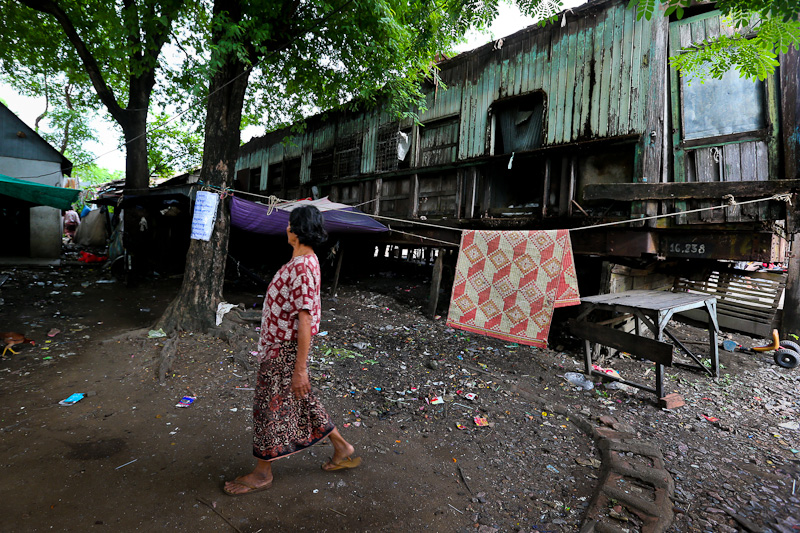 Living in a 1940’s vintage, French couchette (railroad sleeper car)
Living in a 1940’s vintage, French couchette (railroad sleeper car)
If you’re interested in additional photos of the life along the tracks, you might enjoy this October 2011 blog post.
The bamboo train is an innovative form of transport, masterminded by resourceful local Cambodians. It consists of a small gasoline engine, two axles made from discarded tank parts, a drive belt and a bamboo platform. The bamboo train or “norry” is easily assembled and rides on the railway tracks picking up and dropping off passengers, goods, animals and whatever else can be loaded aboard . When one train meets another, the “less full” norry is disassembled and taken off the rails, allowing the other to pass.
I first rode the bamboo train 10 years ago while shooting an NGO job for The Seva Foundation, an organization that helps people who don’t have access to proper eye care. I did a short blog post with some photos about riding the bamboo train with Dr Kumar, the Nepalese opthalmologist who works with The Seva Foundation in Battambang. That post can be seen by clicking here.
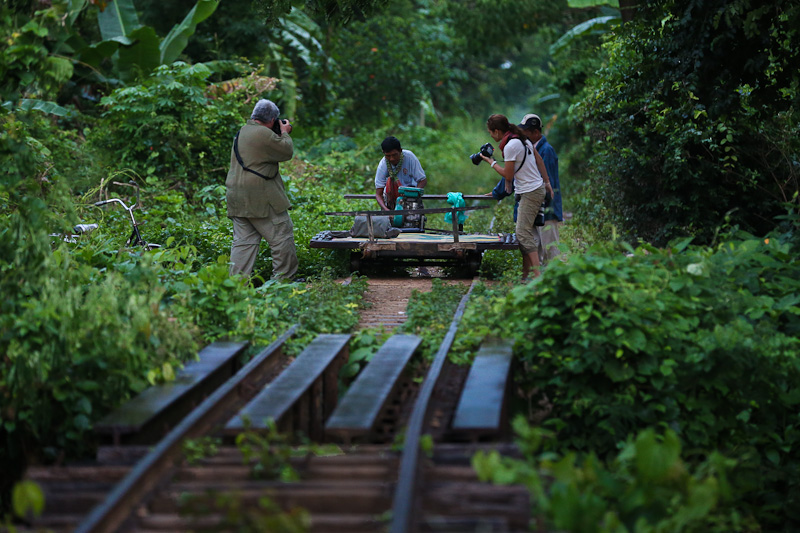 Marcus Adams and Alejandra Lopez Zaballa photographing the Bamboo Train
Marcus Adams and Alejandra Lopez Zaballa photographing the Bamboo Train
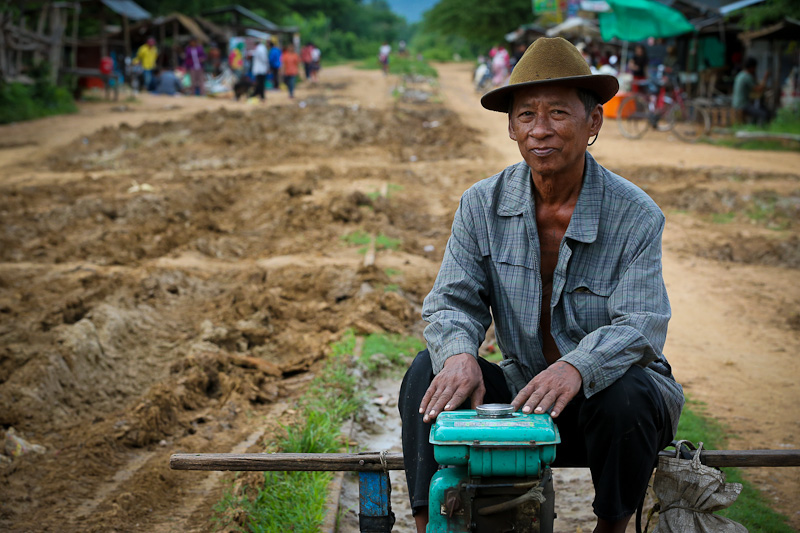
Along the bamboo railway, I had an interesting encounter with a charming man who caught my attention because of his tattooed chest and his tattered felt hat. I initially started a conversation with him, by asking about his tattoos, which he told me were for “protection against bullets”. As we chatted further I learned that Cheoum was 68 years old and used to be the conductor for the passenger train from Battambang to Siem Reap. Cheoum started working for the Cambodian railway system in 1966 at age 21 and that during the Pol Pot years, 1975 – 1979 his job was to train the Khmer Rouge on how to operate the train.
Remembering a famous photo of Pol Pot and Brother #2 riding the train (see below) I asked Cheoum if he ever transported Pol Pot or other government officials. Cheoum said that he was never informed as to who was on the train, nor did he know about the famous photo to which I was referring.
 Khmer Rouge leaders ride together in a train during the Democratic Kampuchea period.
Khmer Rouge leaders ride together in a train during the Democratic Kampuchea period.
First row shown: Pol Pot (left), Vorn Vet (right). Second row: (brother number 2, ) Nuon Chea (left), Ta Mok (right).
(Source: Documentation Center of Cambodia)
I then asked Cheoum about his job of training the Khmer Rouge how to operate the train and about his job as conductor. He replied that he was always worried about making a mistake while driving the train and he was very afraid that after training others to do his job, that the Khmer Rouge would kill him.
After the Pol Pot years Cheoum continued working for the railroad until the Battambang to Phonm Penh service was stopped in 2008. Now Cheoum operates his personal “norry” or bamboo train, transporting local villagers along the same set of tracks that he’s worked on for most of his life.
For additional images and information about the bamboo train, you might enjoy these two other blog posts; the first from a 2010 blog post here and another from 2011 Angkor Photo Workshop participant Ursula Wall, which can be seen by clicking here.


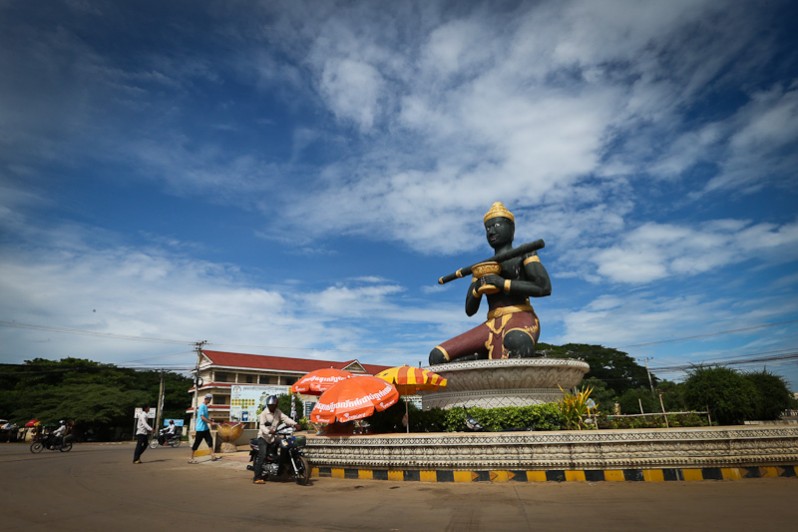

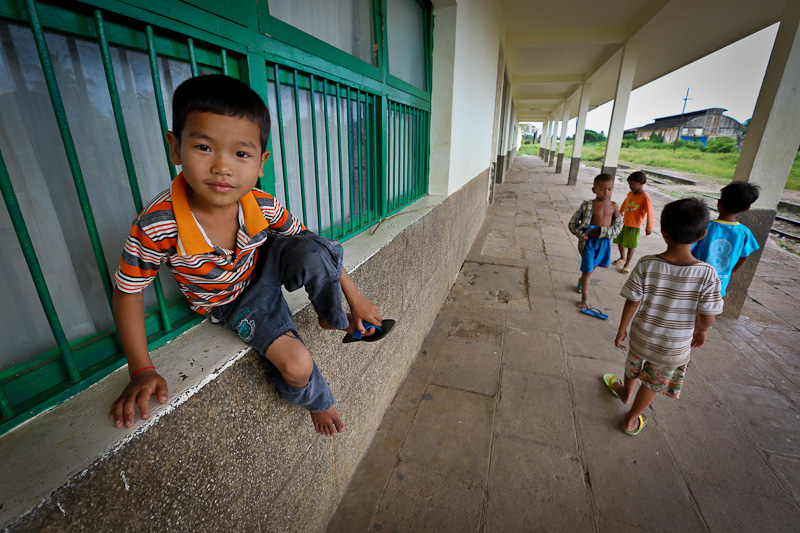


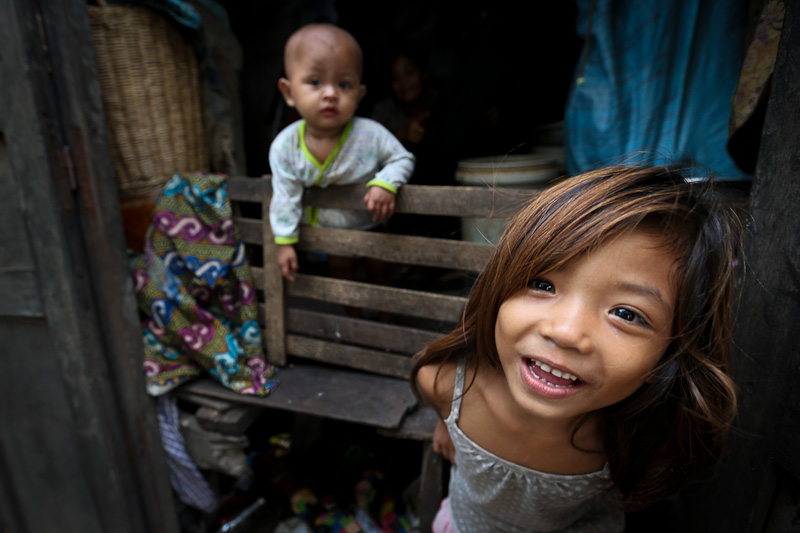

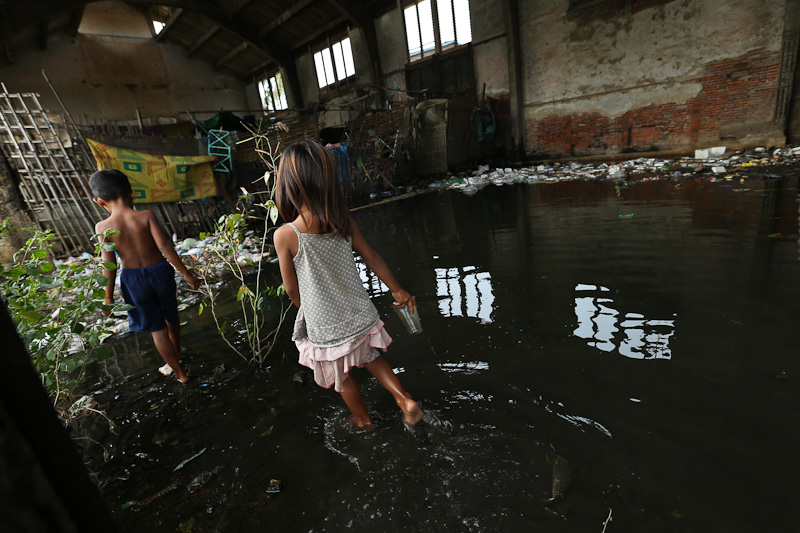
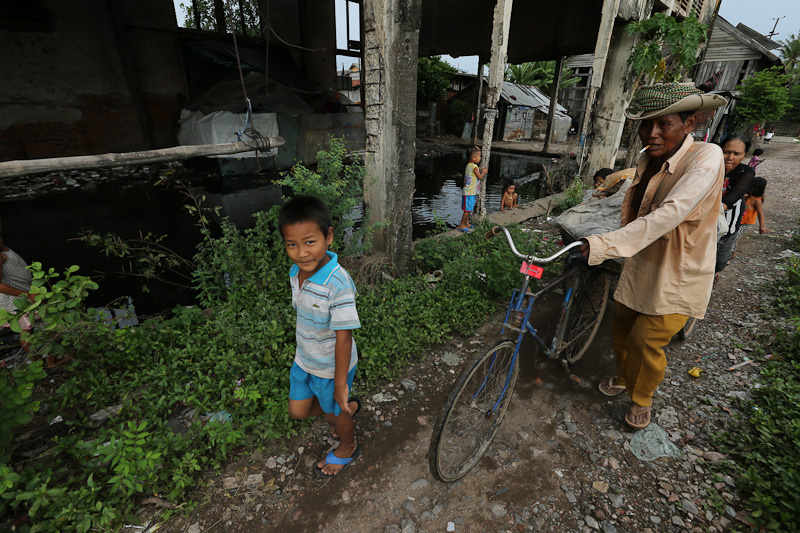
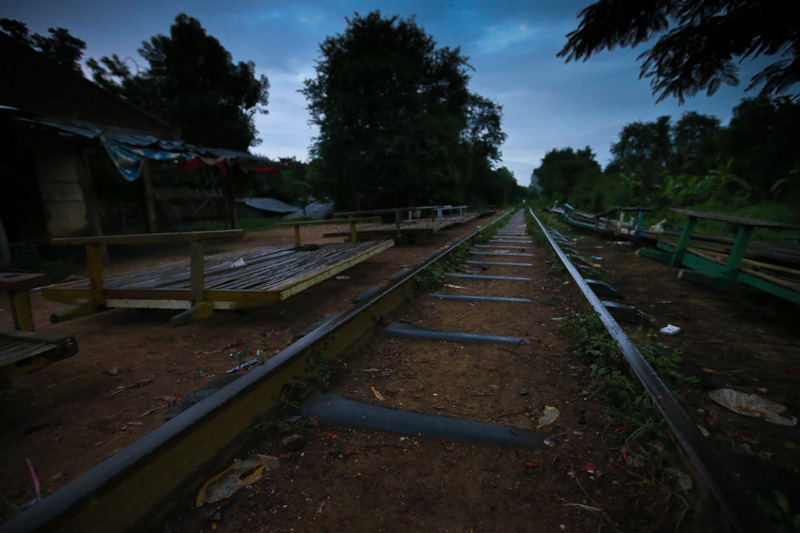
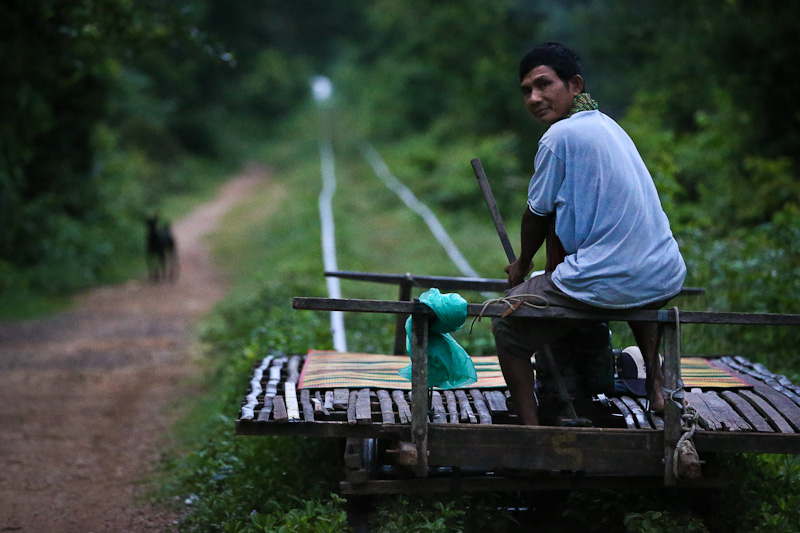
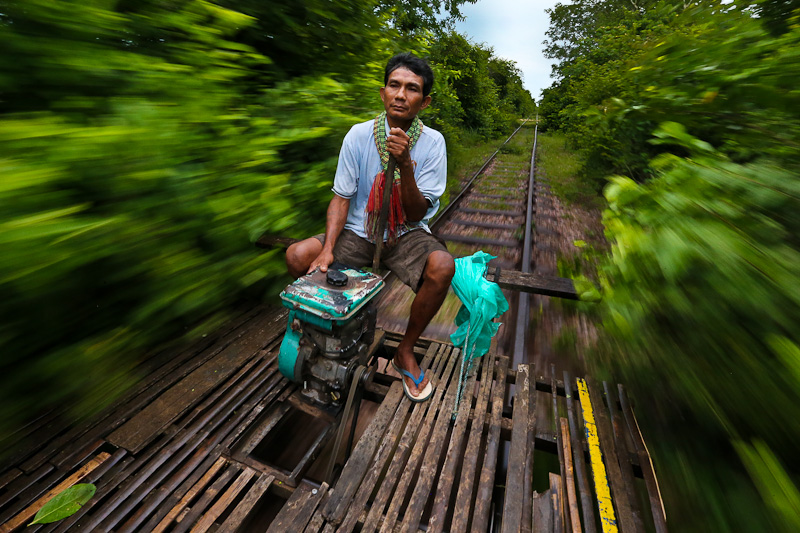
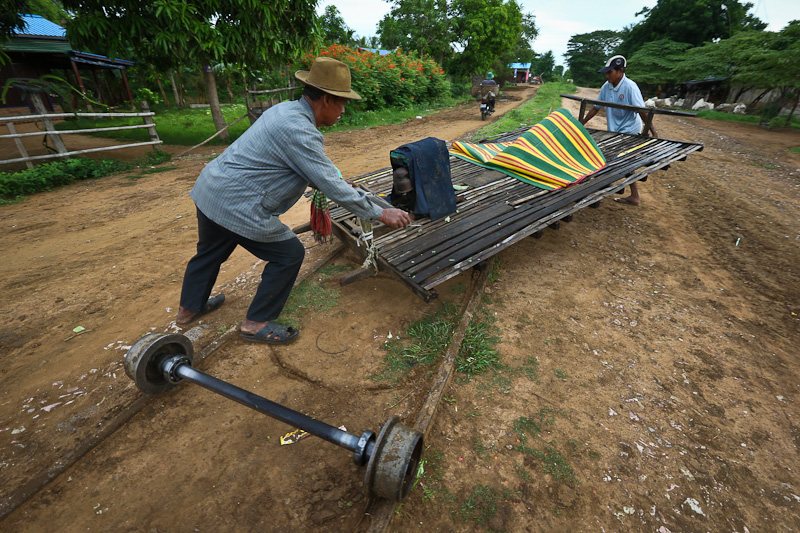
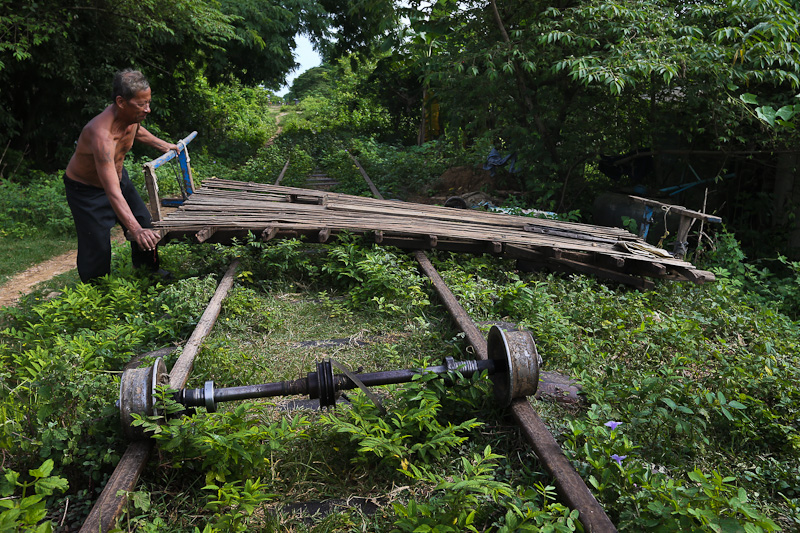
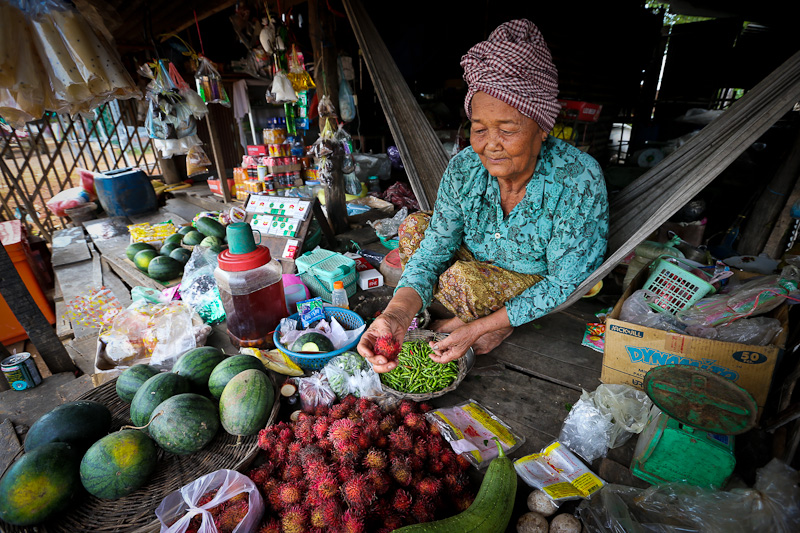
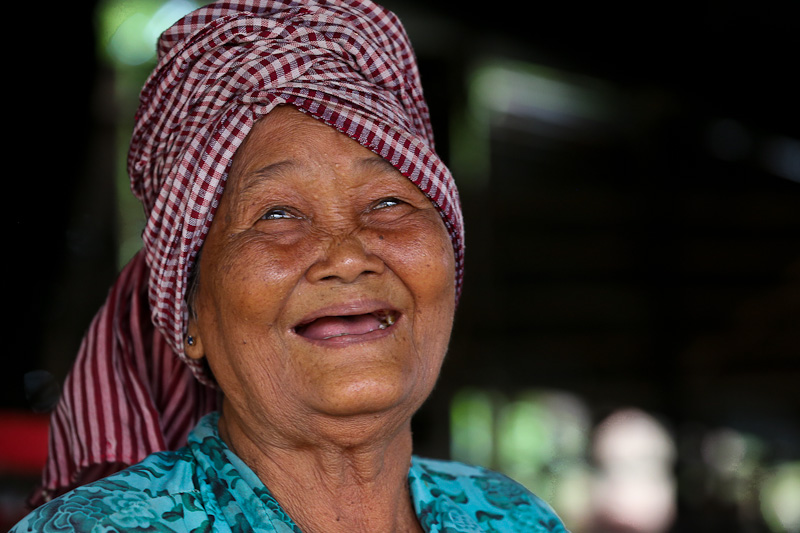






Great story and images, Karl. Looking forward to seeing you on your return to the USA.
Thanks Steve, actually I am back in San Diego, I arrived yesterday after a long 30 plus hours in transit from Cambodia. Let’s get together this week if you’re not too busy!
Awe! I love those link-backs!!
And your photos, of course. 😀
Very nice, Karl. I really enjoy your posts. Welcome home. Just missed you. I was in town on Sunday for the day.